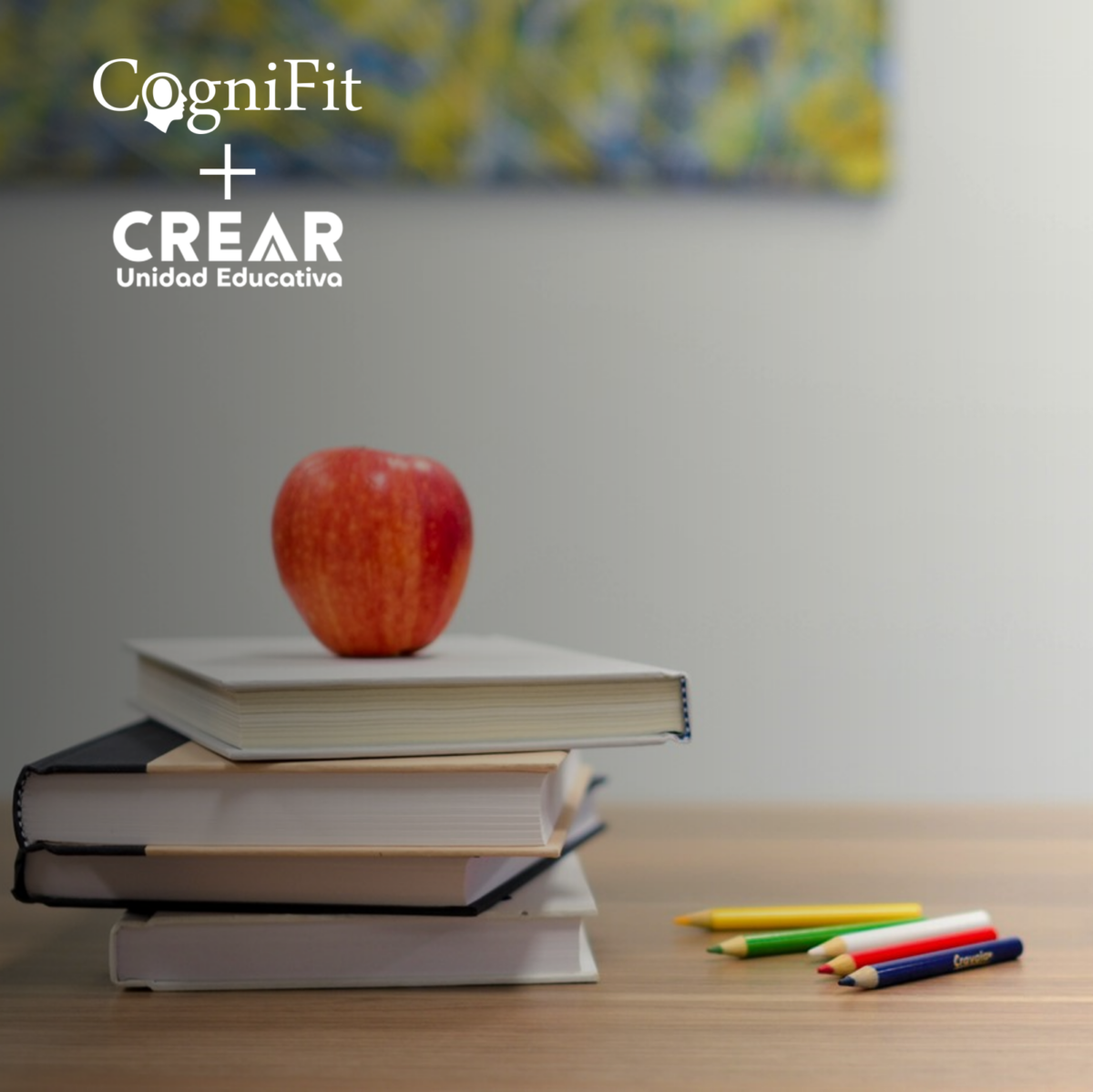
How CREAR Education Institute is Using CogniFit in Their Innovative Neuro-learning Methodology
“If You are planning for a year, sow rice; if you are planning for a decade, plant trees; if you are planning for a lifetime, educate people”
– Chinese Proverb.
Education is one of the most valuable gifts that a society can give to their children. This was true for the earliest groups of hunter-gatherers passing on the knowledge necessary to survive the harsh environment. It was true for the early civilizations teaching the next generations how to build cities and explore new lands. And it is true today, as we prepare students for a modern, interconnected, digital world that is moving faster than ever before.
And just as the concepts and content that we teach evolve over time to meet the demands of the world we live in, so too must our methods for educating students evolve based on new knowledge and understanding of how the human brain works and how to promote effective learning.
One of the schools that is exploring new methods for educating students for the 21st century is Unidad Educativa CREAR, an Ecuadorean education institution for early-childhood, primary, and secondary students whose vision for education is to “bring together students from diverse backgrounds to help them reach their highest mental, physical, social, and emotional potential based on scientific evidence.”
In order to make their vision a reality, they have developed a unique model for educating their students called Neuro-learning.
What is Neuro-learning?


This modern methodology is designed to promote efficient learning and to help students reach their full potential by integrating modern scientific understanding of how our brains function and how we develop mentally, physical, emotionally, and socially throughout childhood and early adulthood.
By using only those education best practices which are tested and backed by scientific evidence, Neuro-learning helps students to take full advantage of their educational possibilities in an enriching, personalized, and multicultural environment.
How Does Neuro-learning Work in Practice?
The educators who created the Neuro-learning methodology prioritized three main areas of education that would be provide the most value for their students: Personalized attention, a focus on development, and a multicultural environment.
Personalized Attention
The more that scientists learn about the human brain, the more we understand that no two brains are the same. Each student will have their own unique cognitive strengths, interests, and skills and the Neuro-learning methodology has been designed with this basic principle in mind.
Each student’s development is evaluated, and a personalized plan is created based on current neuroeducation principles. As students progress, periodic measurements allow the educators to adjust and adapt the program to the current needs of the student.
A Focus on Development
While many education methodologies focus on mastery of scholastic content, the Neuro-learning model goes beyond simple memorization and instead utilizes the content as a vehicle for promoting active development of the students’ mental, physical, emotional, and social skills.
In addition to this, the Neuro-learning methodology connects students based on their abilities and interests through High-Performance Programs as part of the normal school schedule. These programs allow students to grow beyond the normal limits of the traditional classroom by exploring their talents, interests, and abilities with more flexibility.
A Multicultural Environment
Living in a globalized, interconnected world means that it is more important than ever to understand and be able to interact with people from different cultures and countries. For students living in countries where English is not the native language, learning English can be a critical component of preparing for success later in life.
Neuro-learning creates an environment that promotes language development by incorporating scientific methods which have been demonstrated to be efficient and make learning a language more natural, simple, and practical.
By utilizing neurolinguistic programs, Neuro-learning helps students to improve their communication skills, not only in English, but also in their native Spanish.
Using CogniFit as a Part of the Neuro-learning Methodology
CogniFit is proud to be one of the newest potential facets of the Neuro-learning methodology, serving as another tool for promoting efficient and effective learning outcomes.
The educators at Unidad Educativa CREAR have begun exploring how to incorporate the cognitive stimulation and assessment solutions of the CogniFit Platform for Schools into the educational framework at their school in an effort to further promote the cognitive development of their students.
The initial trial of CogniFit in the classrooms of CREAR will begin in May of this year, and the school will monitor the students’ progress throughout the school year, including general evaluations in May, September, and January of 2022 (the scholastic calendar in Ecuador, which is in the southern hemisphere, runs from May-January).
We are looking forward to this unique partnership and are excited to follow the students’ progress throughout the year.












